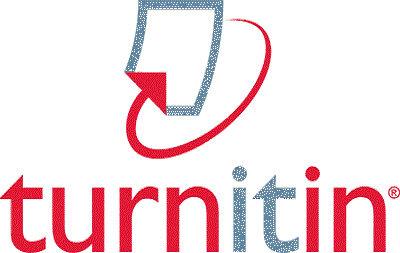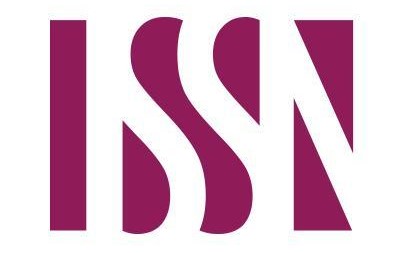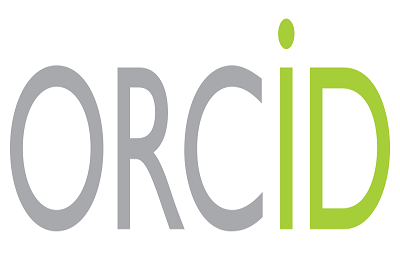Designing a Paradigmatic Model for the Development of Sports for Persons with Disabilities in Iraq
محتوى المقالة الرئيسي
الملخص
This research aims to design a paradigmatic model for the development of sports for persons with disabilities in Iraq using grounded theory. This research is qualitative and aimed at being developmental-applicative. Participants included 21 experts and specialists in the field of sports for persons with disabilities in Iraq, who were selected through purposeful sampling using a snowball method for interviews. Data analysis was conducted through open, axial, and selective coding of interviews until theoretical saturation was achieved.
Conclusion: The development of sports for persons with disabilities in Iraq requires a comprehensive and holistic approach. It is suggested that a national committee consisting of representatives from the government, NGOs, sports federations, and persons with disabilities be formed to coordinate and supervise the implementation of development programs
تفاصيل المقالة

هذا العمل مرخص بموجب Creative Commons Attribution-NonCommercial 4.0 International License.
المراجع
Afroozeh, M. S., Phipps, C., Afrouzeh, A., Alipour Asiri, Z., & Safari Jafarloo, H. R. (2025). The sport and exercise experiences of physically disabled women in Iran: shame, stereotyping, and Goffman’s stigma. Disability & Society, 40(4), 1104–1126. https://doi.org/10.1080/09687599.2024.2328560
Albrecht, J., Elmose-Østerlund, K., Klenk, C., & Nagel, S. (2019). Sports clubs as a medium for integrating people with disabilities. European Journal for Sport and Society, 16(2), 88–110. https://doi.org/10.1080/16138171.2019.1607468
Alcaraz-Rodríguez, V., Medina-Rebollo, D., Muñoz-Llerena, A., & Fernández-Gavira, J. (2021). Influence of Physical Activity and Sport on the Inclusion of People with Visual Impairment: A Systematic Review. International Journal of Environmental Research and Public Health, 19(1), 443. https://doi.org/10.3390/ijerph19010443
Atiya, A. A.-S. H., & Moseekh, L. Z. (2023). The role of the organizational climate for workers in volleyball sports federations in Iraq. Kufa Journal Physical Education Sciences, 2(6).
Battalio, S. L., Huffman, S. E., & Jensen, M. P. (2020). Longitudinal associations between physical activity, anxiety, and depression in adults with long-term physical disabilities. Health Psychology, 39(6), 529–538. https://doi.org/10.1037/hea0000848
Erciş, S. (2018). Effects of Physical Fitness and Mental Hardness on the Performance of Elite Male Basketball Players. Journal of Education and Training Studies, 6(9a), 56. https://doi.org/10.11114/jets.v6i9a.3526
Erdmann, W. S. (2018). Equipment and facilities adapted for disabled people in recreation and sport. MOJ Applied Bionics and Biomechanics, 2(1), 9–13.
Erdyneeva, K. G., Schetinina, S. Y., Makarov, A. L., Sokolova, N. L., Rozhnova, T. M., & Krokhina, J. A. (2021). Sports in life of students with disabilities: Individual trajectories of physical abilities development. Journal of Human Sport and Exercise - 2021 - Spring Conferences of Sports Science. https://doi.org/10.14198/jhse.2021.16.Proc4.45
Frontera, W. R. (2014). The World Health Organization Disability Action Plan. American Journal of Physical Medicine & Rehabilitation, 93(9), 737. https://doi.org/10.1097/PHM.0000000000000183
Hammond, A. M. (2022). The relationship between disability and inclusion policy and sports coaches’ perceptions of practice. International Journal of Sport Policy and Politics, 14(3), 471–487. https://doi.org/10.1080/19406940.2022.2074515
Hussein, M. H. (2023). Adaptation strategies management and its role in the integration people with disabilities into the Iraqi National Paralympic Committee. Modern Sport, 22(2), 0117. https://doi.org/10.54702/ms.v22i2.1162
Kitchin, P. J., & Crossin, A. (2018). Understanding which dimensions of organisational capacity support the vertical integration of disability football clubs. Managing Sport and Leisure, 23(1–2), 28–47. https://doi.org/10.1080/23750472.2018.1481764
Kurniawan, A., & Rizky Samudro, B. (2024). Optimizing Social and Economic Inclusion through Adaptive Sports Programs for Persons with Disabilities: A Pathway to Achieving SDGs. International Journal of Current Science Research and Review, 07(05). https://doi.org/10.47191/ijcsrr/V7-i5-67
Liban, S. M. Y., & bin Ahsan, W. (2024). Barriers to Accessibility and Inclusion: Lived Experiences of People with Physical Disabilities in Bangladesh. Userhub Journal. https://doi.org/10.58947/DWPF-GBNS
Lincoln, Y. S. (1985). Naturalistic inquiry (Vol. 75). sage.
Mawena, J., & Sorkpor, R. S. (2024). Enhancing inclusive physical activity for students with disabilities: Patterns and opportunities. Aquademia, 8(1), ep24002. https://doi.org/10.29333/aquademia/14430
Mohd Aznan, E. A., Ismail, A. D., Mohd Kassim, A. F., Md Yusof, M. K., & Samat, H. A. (2022). Accessibility of fitness facilities and physical activity participation: a comparison of disabled athletes and disabled people. Jurnal Intelek, 17(1), 211–216. https://myjms.mohe.gov.my/index.php/intelek/index
Moon, J. Y., & Kim, J.-H. (2021). Association between self-esteem and efficacy and mental health in people with disabilities. PLOS ONE, 16(10), e0257943. https://doi.org/10.1371/journal.pone.0257943
Raghdaa, F. (2022). Mutual Social Confidence and its Relationship to a Sense of Self among People with Physical Disabilities Who are Practicing and Non-Practicing in Sports Activities . Modern Sport, 21(3), 0001–0015. https://doi.org/10.54702/msj.2022.21.3.0001
Rahman, M. S., & Parvez, S. (2024). Disability provokes poverty and vice versa, a review of the relationship. Journal of Bangladesh College of Physicians and Surgeons, 42(1), 63–67. https://doi.org/10.3329/jbcps.v42i1.70642
Ramsden, R., Hayman, R., Potrac, P., & Hettinga, F. J. (2023). Sport Participation for People with Disabilities: Exploring the Potential of Reverse Integration and Inclusion through Wheelchair Basketball. International Journal of Environmental Research and Public Health, 20(3), 2491. https://doi.org/10.3390/ijerph20032491
Shafaghatian, L., Saffari, L., Kalhor, H., & Hosseini, S. A. (2025). Designing a Model for Organizing Sports Events for Individuals with Disabilities and Veterans in Iran. AI and Tech in Behavioral and Social Sciences, 3(1), 11–22. https://doi.org/https://doi.org/10.61838/kman.aitech.2.5.2
Stangova, E., Levicka, J., Ochabova, E., & Vacekova, M. (2022). The Benefit of Sport for People with Disabilities. Clinical Social Work and Health Intervention, 13(5), 53–60. https://doi.org/10.22359/cswhi_13_5_11
Wen, Y., Liu, B., Li, Y., & Zhao, L. (2024). A review of research progress on the impact of urban street environments on physical activity: a comparison between China and developed countries. Buildings, 14(6), 1779.
Yehuda, M. B., Barak, S., Hutzler, Y., Ng, K., Giladi, A., Meir, L. B., Marques, A., Zigdon, A., Zwilling, M., & Reges, O. (2023). Cardiovascular risk profiles clusters among children and adolescents with disabilities. BMC Public Health, 23(1), 896.





 IASJ
IASJ CC-BY-4.0
CC-BY-4.0 turnitin
turnitin ISSN
ISSN DOAJ
DOAJ Crossref
Crossref GoogleScholar
GoogleScholar Orcid
Orcid